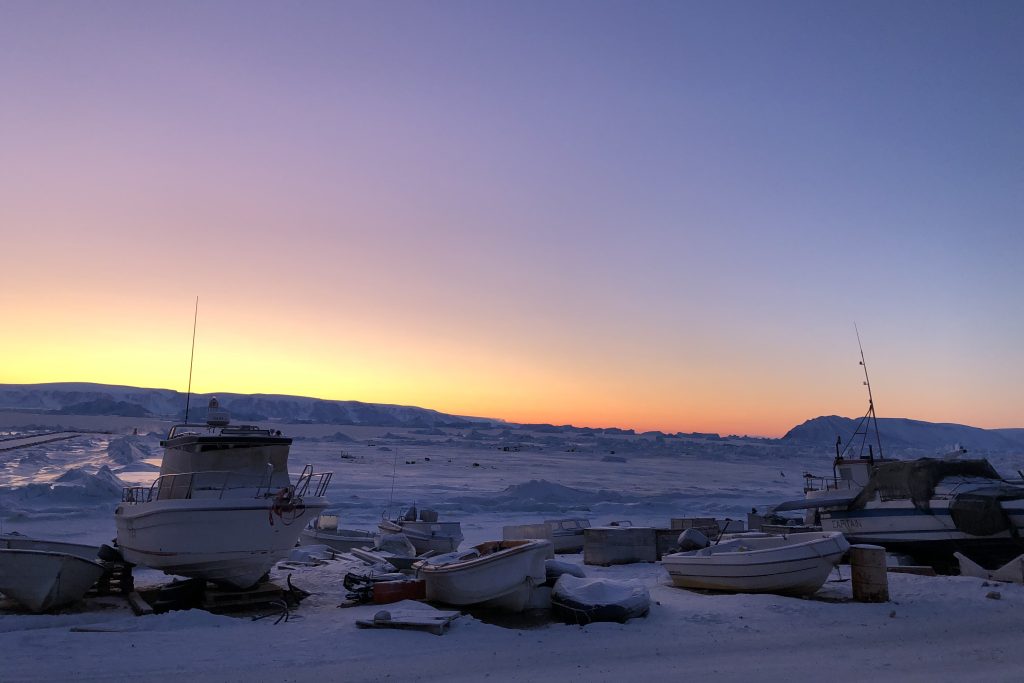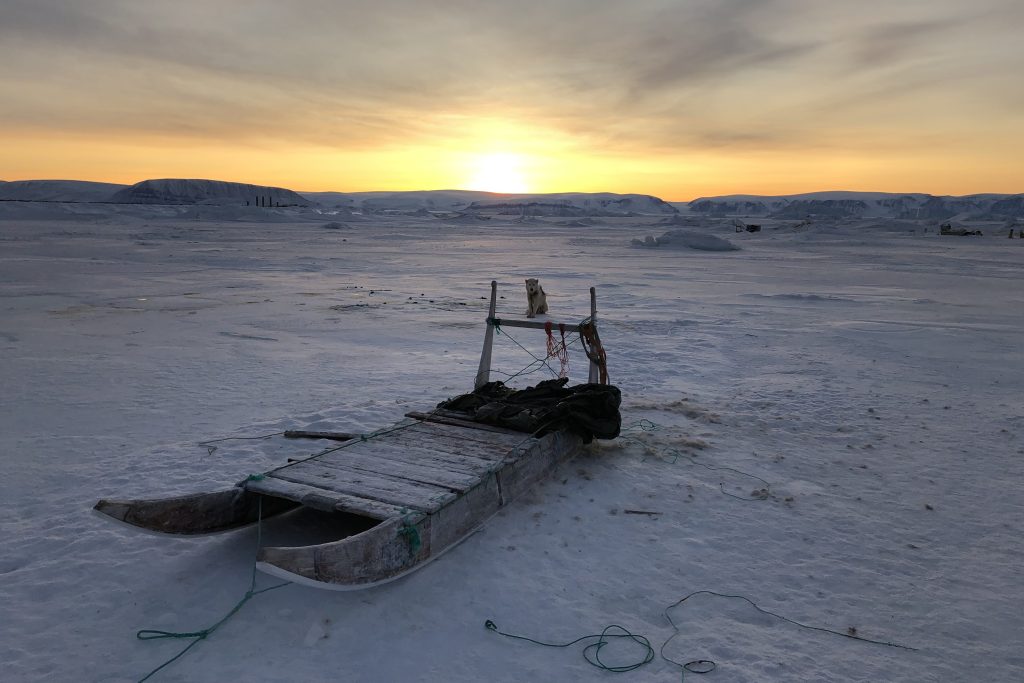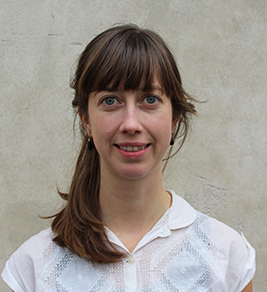The Arctic is warming at a rate four times as fast as the rest of the world. This warming has resulted in a decline in sea ice, a critical habitat for many marine mammals hunted by the Inuit people. The melting of sea ice has also increased travel and hunting challenges due to thinner and less stable ice. Climate change has altered animal migratory patterns, further complicating hunting efforts.
Overall, climate change significantly affects traditional Inuit hunting practices in Northern Greenland, leading to a steady decline in the number of professional hunters over the last decades. The decrease is particularly visible in younger age groups, which is at least partly linked to the fact that the younger generation prefers to pursue education (which among other things paves the way to wage labour) and mainly go leisure hunting in their free time.

Greenland’s northernmost town is Qaanaaq, which people still describe as the town of hunters and trappers town. Despite climate change, fishing and marine mammal hunting deliver significant income to and direct subsistence for local households. Many professional hunters still hunt in the traditional way, using kayaks and harpoons to catch whales, and can then sell their catches in town via their social network. When they fish halibut, they can sell the fish to the local fish processing plant. In spring, they can sell the fat (mattak is a Greenlandic speciality) from Narwhale to the fish factory. A big share of the meat is consumed locally in the community; however, politicians are looking into the options of processing whale meat at Qaanaaq’s fish factory to sell to other parts of Greenland. Although there are fewer professional hunters today than there were 30 years ago, almost all households go out for leisure hunting and fishing and use the catches as a supplement for the household income and diet.
Greenland’s government has emphasized the need for its citizens to adapt in order to survive and thrive amidst the impacts of climate change. For instance, the Inuit people have been modifying their hunting practices by utilizing new technologies and techniques like drones. They have also been collaborating with scientists to monitor animal migration patterns and better comprehend the effects of permafrost thaw on infrastructure. The socioeconomic effects of permafrost thaw in North Greenland are particularly significant, especially when the thaw poses threats to key infrastructure such as roads or airstrips. Efforts to adapt to climate change in North Greenland will continue to require innovative approaches for sustaining life and working in the changing environment, while also preserving the traditional way of life of the Inuit people.

(This article was originally published in a new booklet from Umeå University called Arctic sustainability transformation)


